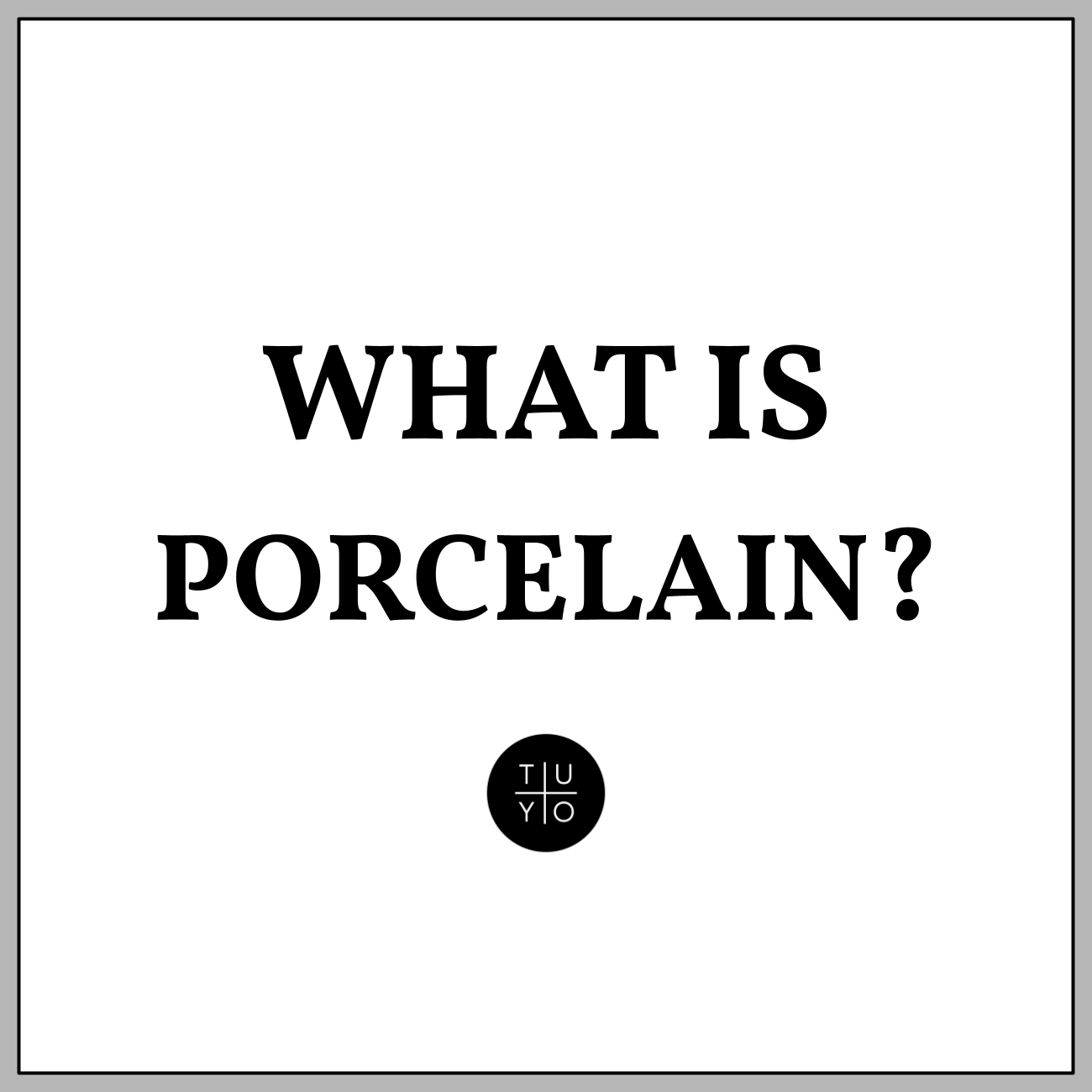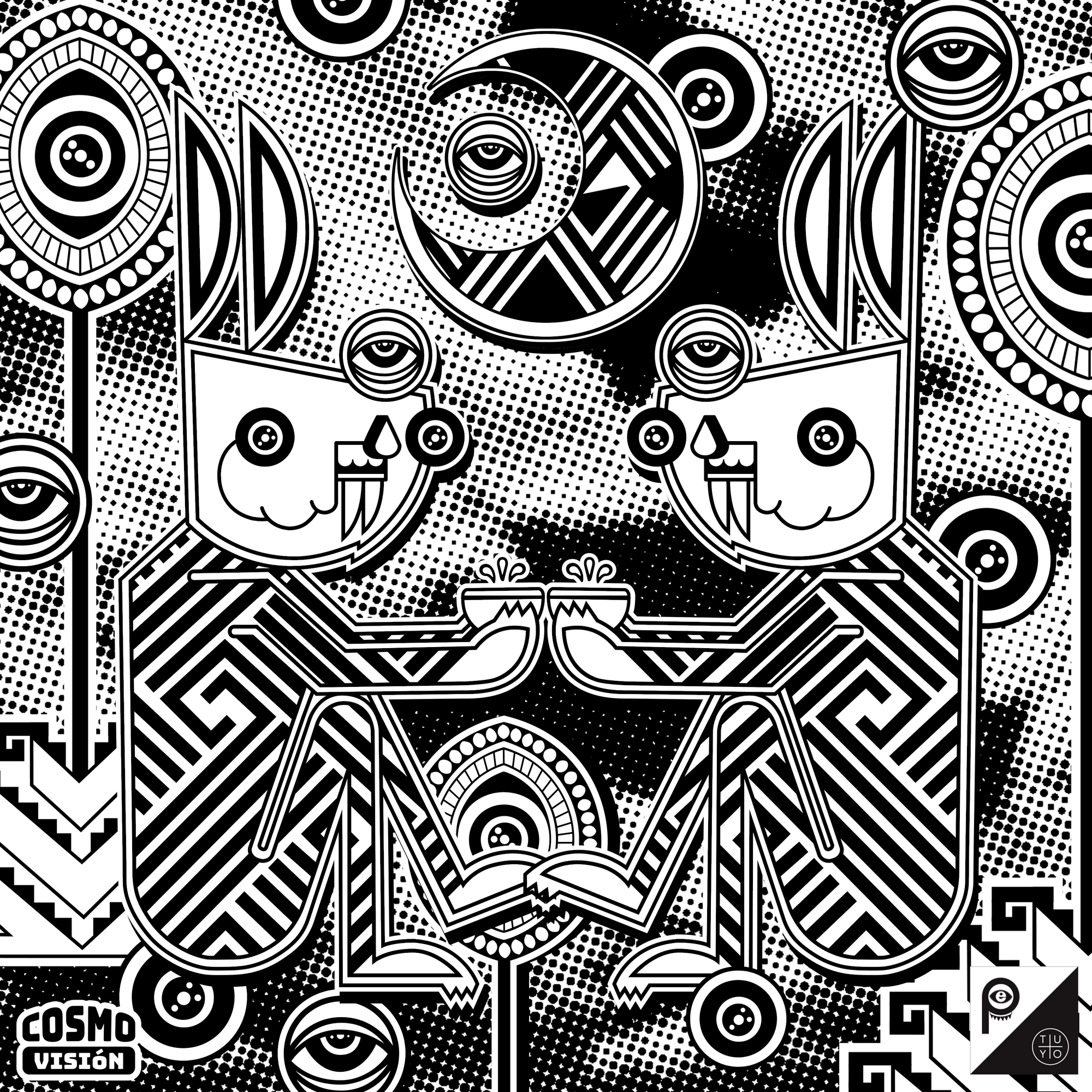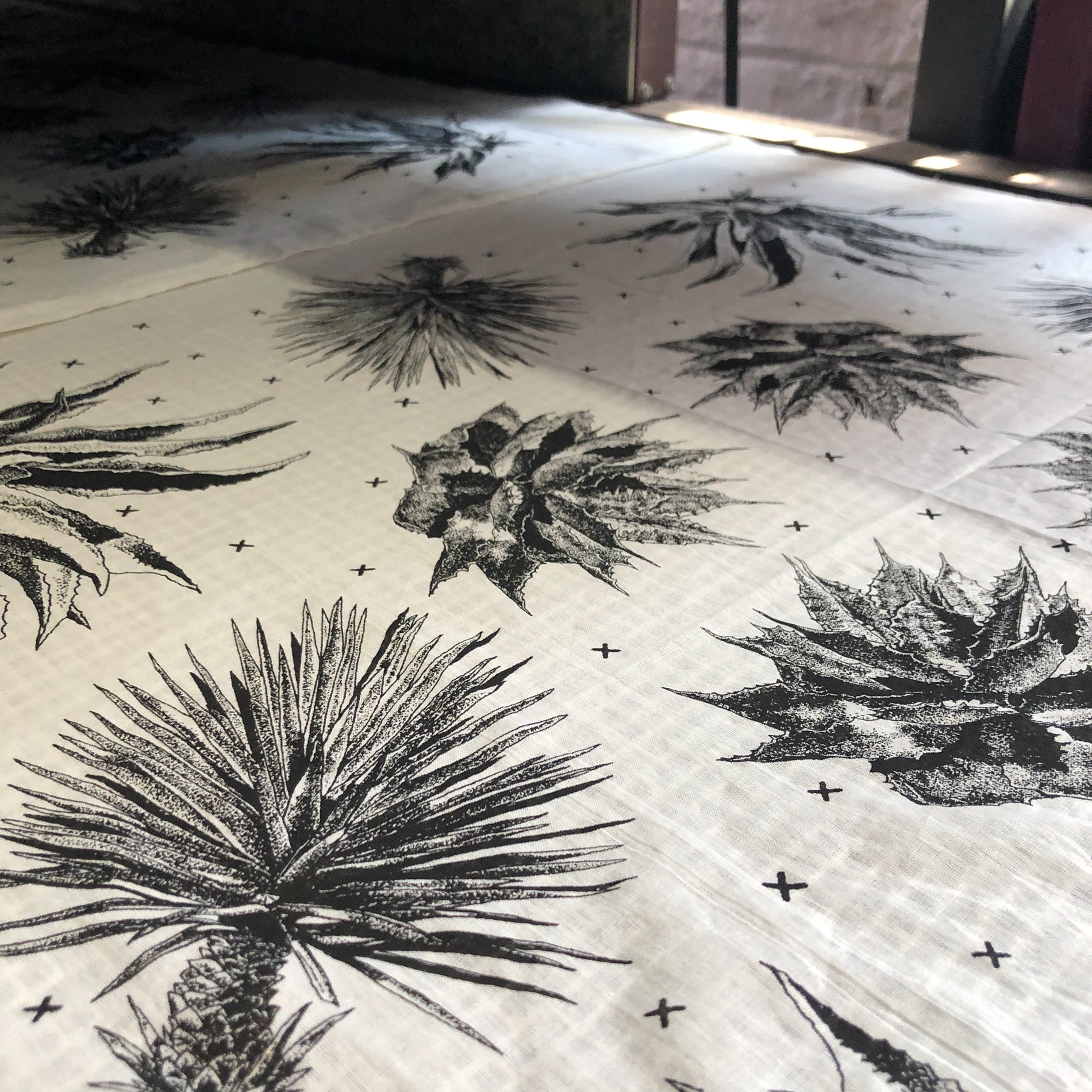Your Cart is Empty
free shipping $300+

Porcelain was developed and refined by the Chinese over 1000 years ago. Their understanding of alchemy and advanced engineering capabilities allowed them to turn ancient rocks and other raw materials into semi-translucent pottery. The porcelain formulation and production process was cultivated under multiple Dynasties while the aesthetics of shape and design adapted to each period’s ideals of beauty and style.
Throughout history, porcelain has been a highly desired commodity due to its unique visual and tactile characteristics. These attributes that have proven impossible to achieve in any other material. The initial secrecy surrounding the materials and means of production eluded all foreign attempts at successful reproduction for several hundred years!

In ceramics, clay body refers to the mixture of clay and other minerals combined to achieve specific desired characteristics. You can think about these minerals as the flesh and bones of the porcelain body.

The flesh is feldspar and it gives porcelain its translucency and hardness. It acts as a flux, melting quickly to form a glassy matrix that bonds the other ingredients together.
41% of the Earth's continental crust consists of feldspars.

Also known as porcelain stone, petunse is a transliteration of the Chinese baidunzi meaning "small white brick". The picture below shows how petunse was traditionally prepared. Using a watermill, the stone was crushed and then filtered several times, creating a fine white paste that was ultimately formed into bricks. A comparable process using modern machinery produces similar porcelain stone bricks today. The bricks, combined with a few other minerals and water are used to create the porcelain "clay body."

The bones come from the plasticity and strength of kaolin.
Kaolin is a layered silicate clay mineral. It is used in a variety of industries and is safe to ingest making it a highly valued natural resource. Kaolin takes its name from the mountain Gaoling (Kao-ling) in Jiangxi province, China, where it was mined for hundreds of years.
Kaolin can be found around the world. One of the richest deposits is in the Southeast U.S., on what is historically Cherokee land. The Cherokee called kaolin unaker and mined it primarily for the mica found inside the deposits. When Europeans learned of its existence in the late 1700's, during the cultural phenomena that can only be described as "porcelain-mania", and negotiated sales of large quantities from the Cherokee to export to England, kaolin became a highly sought-after mineral. According to the U.S. Geological Survey, more than 8 million metric tons of kaolin are mined from Georgia each year, with an estimated value of more than $1 billion.

Although originally only made from petunse and kaolin, modern porcelain formulas include additional minerals. Nepheline syenite has been a standard in the ceramic industry for many years. Like feldspar, nepheline syenite is used as a flux in porcelains. It is particularly favored for its whiteness and lower melting point.

Silica is the base material used to produce glass. It is known as quartz in its crystalline form, opal in its amorphous form, and sand in its impure form. Quartz naturally exists in Feldspar, however, modern recipes include crystalline silica as a separate ingredient in addition to feldspar, kaolin and nepheline syenite. During kiln firing, a process called vitrification occurs, allowing the silica to melt into glass and fuse with the other minerals. This transformation makes the porcelain non-porous.

The raw materials used to make porcelain are ground, processed and mixed into a slurry called slip. TUYO uses a fine porcelain slip produced in Ohio. Each batch is tested and numbered to maintain its impeccable quality.
Porcelain slip can be pigmented with mineral stains allowing the color to be baked into the porcelain body. The minerals undergo a chemical change in the kiln, turning them into the saturated colors we love so much!

The filled molds are left to sit from between 15-30 minutes. This allows the plaster mold to absorb water from the porcelain slip as it comes in contact with the mold wall. As the plaster wicks the moisture up, the porcelain strengthens and thickens again the wall.
No two molds are exactly the same, and each one requires its own "getting to know you" testing phase. We have to pull multiple positives from a new mold in order to establish its casting technique and set time.



The casting positive is de-molded and left to dry. The leather hard casting is now in its greenware phase. Each cast object has its own sweet spot for finishing. If the greenware is overly wet and soft it will collapse. If it’s too dry and hard it will crumble or crack under the shaping pressure. Timing is everything!

During this (fleeting) malleable phase, seam lines need to be sanded, edges fine-tuned and surfaces smoothed over. Our TUYO stamp is the final step in this process at which point the porcelain is left to dry completely before entering the kiln.



Porcelain is fired at very high temperatures (1200-1400 c, 2100-2500 f).
The difficulty in creating such high temperatures in the early days of production cannot be understated. The Chinese developed an ingenious system to maintain high heat allowing large amounts of porcelain to be fired at one time.

A Dragon Kiln is comprised of several dome-shaped chambers stacked one above the other forming a line that climbs up the steep slope of a hill. This sloped system creates a cross-draft where flames travel more or less horizontally, quickly filling the chambers with heat. The stepped design was a crucial innovation as it allowed the heat to do what it does best; rise!

Each chamber produced a range of temperatures as the heat continued to rise over several hours. The entire process could take up to a week or more. You had to know the thickness, dryness and volume of the porcelain pieces so they could be placed in the best chamber to achieve a clean firing.
Below is picture of a Dragon Kiln from the Ming Dynasty (1368 to 1644) located in town of Dingshu, Yixing, in China's Jiangsu Province that is still operational today!

Placement in the kiln matters a lot. Even modern electric kilns don’t circulate the heat perfectly, creating minor temperature differences. For example, the minerals in our pigments are sensitive to these temperature variations. A difference of a few inches in the kiln can affect the success of a firing. All potters must have an intimate working knowledge of their kilns, this is especially so for porcelain potters, since porcelain has very little tolerance for temperature fluctuation.

Porcelain shrinks substantially with each firing. When we design porcelain products we scale up our master models to account for all the shrinkage, around 12-17% depending on the shape.
The shrinkage that occurs in the high heat of the kiln creates a natural wobble and asymmetry. Depending on the design and pigment it could be very noticeable or hardly at all.

Shrinkage is not the only wild card in the kiln, a myriad of weird effects can occur during firing. Cracking, devitrification, flashing, crazing and severe warping happen all the time! Working with porcelain requires equal parts determination, patience and humor. I say this because after the millionth time a casting comes out of the kiln defective, you have to take a moment to laugh at the absurdity of it all!
People have been pursuing this clay ghost for thousands of years, ours is just one more attempt to catch its spirit. With every broken shard and failed attempt we tweak, we adjust, we chase the perfectly imperfect.
Fascinating information. I never knew exactly what went into porcelain production. Quite complex and very impressive


Hélène Simard
July 21, 2021
C’est bien impressionnant, on vous remercie beaucoup
Adrien et Hélène